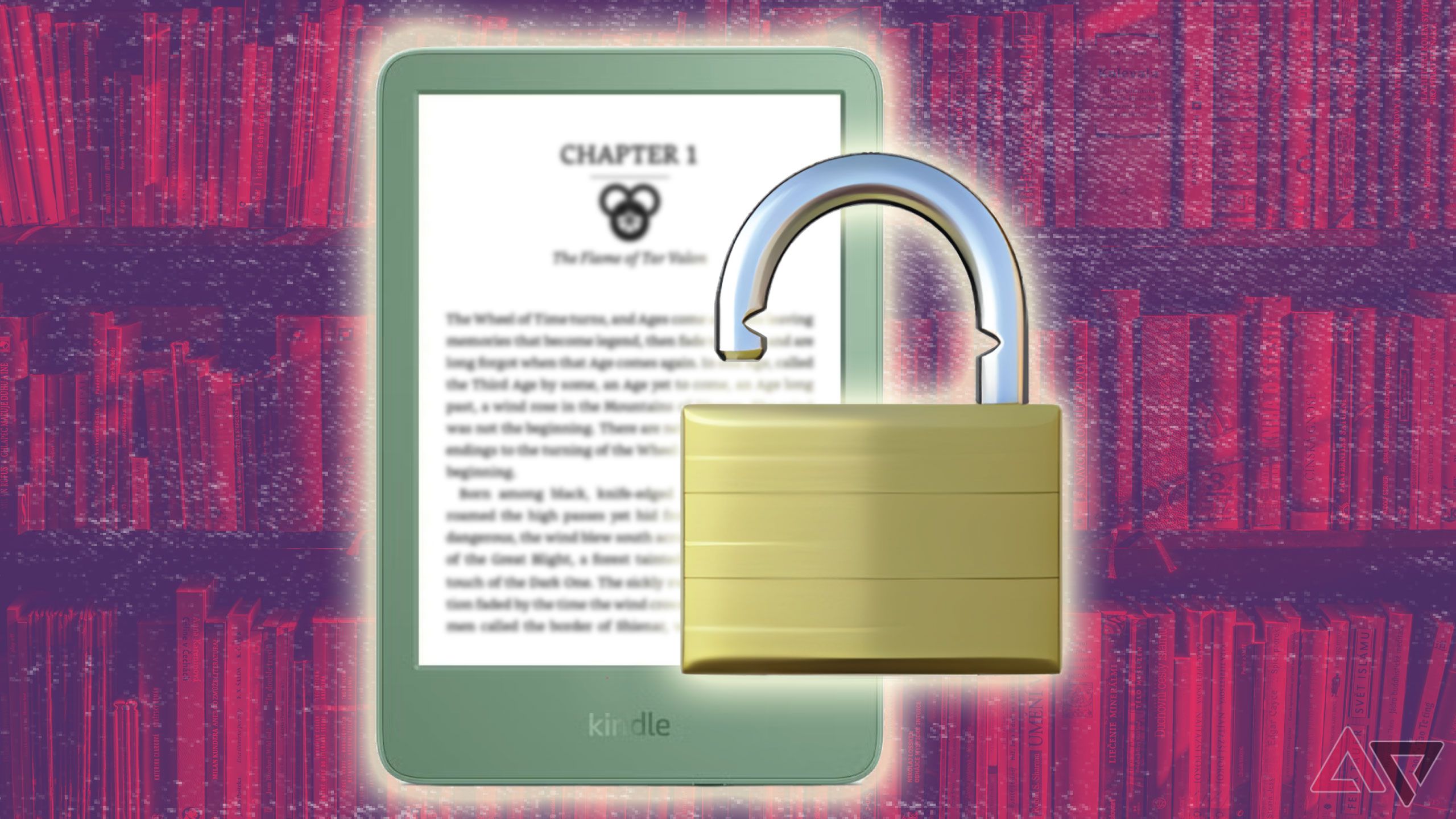Summary
- Send to Kindle will require a full e-mail address to send contact starting April 1st.
- No more mass deliveries using domain addresses will be allowed.
- Amazon is cutting old Kindle software features with a new focus on polished products.
Amazon only recently closed a popular loophole for removing DRM from its e-books, having shuttered its Download & Transfer via USB feature on February 26th. While we knew the move was coming, it was still a blow to the community, even those with Jailbroken hardware. Clearly, Amazon is intent on cleaning up its old, aging Kindle systems, and the latest on the chopping block is support for partial or domain e-mail addresses within Send to Kindle. Starting April 1st (no, this is not an April Fool’s joke), Kindle users will have to use a complete e-mail address with Send to Kindle for their content to be delivered.
Related
This is the Kindle jailbreak guide Amazon doesn’t want you to read
WinterBreak will set your Kindle free
Send to Kindle will soon require a full e-mail address
No more mass deliveries to domains
It’s safe to say Amazon hasn’t done much with its software for Kindles, leaving a lot of it to languish, and so features like Download & Transfer via USB outgrew their intended purpose long ago. Instead, the feature was mainly used as an avenue to remove DRM, which Amazon is never going to be a fan of. So, Download & Transfer via USB is now gone. However, there is plenty more that still needs to be revisited, and the next feature to get cut appears to be support for partial domain e-mail addresses in the Send to Kindle system (via Good E-Reader).
Send to Kindle is a handy feature where Amazon basically provides your Kindle device with a unique e-mail address tied to your account that can be used to send files to that specific Kindle. It’s currently the best way to load PDFs on the Scribe for annotation. However, it would also appear that some were taking advantage of this feature by using simple domains or partial addresses (as you can edit the address on Amazon’s site). With a partial domain, you could slap the same address on a fleet of devices, say for your workforce or school project, and then send files to all users in one go. Any entity taking advantage of this will soon have to adjust how they send e-books. Starting April 1st, each device will require a full e-mail address for the Send to Kindle feature to work properly, which likely also means those addresses need to be unique for each device.
While it’s unlikely this upcoming change to Send to Kindle will affect most users who use it, seeing this change floated so soon after Download & Transfer via USB was shuttered sure paints a picture that Amazon is busy cutting the cruft from the Kindle ecosystem, which lines up with recent statements from Amazon’s chief product officer detailing Amazon’s plans to deliver polished products with no cut corners. Assuredly, there is a lot of work that needs to be done in this regard, but it appears that the floodgates are already open now that Amazon is set to secure its second Kindle loophole this year on April 1st.



